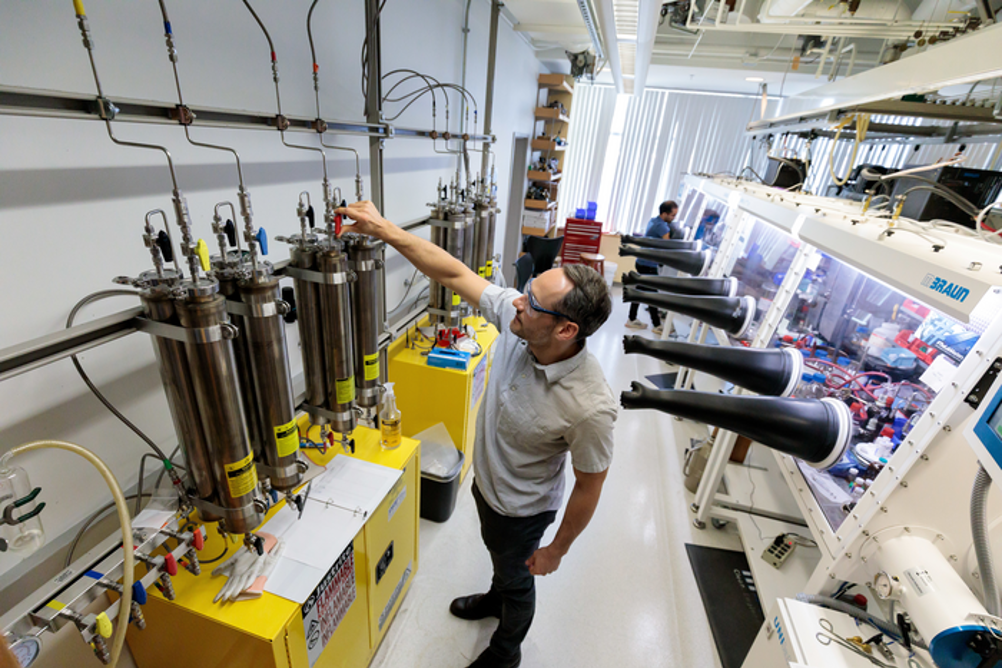Discovered by researchers at the University of Chicago, the material’s molecular structure is jumbled and disorderly, suggesting it should be a poor conductor. Good conductors are generally made up of straight, closely packed rows of atoms or molecules, allowing electrons to easily flow through the material. A conductive material without these properties challenges a fundamental principle of conductivity and could signify a paradigm shift in materials science. The work is published in Nature.
Related content
“In principle, this opens up the design of a whole new class of materials that conduct electricity, are easy to shape, and are very robust in everyday conditions,” said John Anderson, an associate professor of chemistry at the University of Chicago and the senior author on the study.
The material was first discovered by Jiaze Xie, the study’s first author who is now at Princeton University after completing a PhD at Chicago. Xie began experimenting with some materials discovered years ago, but largely ignored. He strung nickel atoms like pearls into a string of molecular beads made of carbon and sulphur and began testing. Much to the scientists’ amazement, the material easily and strongly conducted electricity. What’s more, it was very stable.

“We heated it, chilled it, exposed it to air and humidity, and even dripped acid and base on it, and nothing happened,” said Xie. “Essentially, it suggests new possibilities for an extremely important technological group of materials.”
Xie, Anderson, and their lab worked with other scientists around the university to try to understand how the material could conduct electricity. After tests, simulations, and theoretical work, they hypothesised that the material forms layers, like sheets in a lasagna. Even if the sheets rotate sideways, no longer forming a neat stack, electrons can still move horizontally or vertically, so long as the pieces touch.
“It’s almost like conductive Play-Doh—you can smush it into place and it conducts electricity,” Anderson said.
The team is now exploring the different forms and functions the material might make.
“We think we can make it 2D or 3D, make it porous, or even introduce other functions by adding different linkers or nodes,” said Xie.











Deep Heat: The new technologies taking geothermal energy to the next level
No. Not in the UK. The one location in the UK, with the prospect of delivering heat at around 150°C and a thermal-to-electrical efficiency of 10-12%,...